Vitamin D is often discussed in the context of bone health, but for athletes and active people it reaches much further: muscle protein synthesis, force production, reaction time, injury risk, immune resilience, and recovery all have ties to vitamin D status. At the same time, peak performance still depends on nailing the basics—adequate protein, appropriate carbohydrate availability, and smart timing around training. This guide brings those pieces together so you can build a nutrition plan that supports both optimal vitamin D levels and day-to-day performance.
Why vitamin D matters for athletes
Vitamin D acts more like a hormone than a simple micronutrient. Muscle cells, immune cells, and even neurons have vitamin D receptors (VDR). When vitamin D status is adequate, athletes typically benefit from:
- Stronger muscles and power output: Vitamin D influences fast-twitch fiber function and calcium handling within muscle, supporting force and speed.
- Better recovery and injury resilience: Adequate levels support protein synthesis signaling, reduce the likelihood of stress fractures (via bone health), and modulate inflammation after hard sessions.
- Immune support during heavy training: Athletes often face transient immunosuppression after intense blocks; good vitamin D status helps maintain immune balance.
- Neuromuscular performance: There’s evidence linking vitamin D to balance, coordination, and reaction time—all crucial in sport.
Target levels and prudent dosing
Blood 25(OH)D levels are typically considered sufficient around 30–50 ng/mL (75–125 nmol/L) for general health. Some sport practitioners aim for the middle of that range for in-season athletes. How you get there should be individualized. Common daily intakes for adults range from 600–800 IU as a general baseline; athletes training indoors, living at higher latitudes, wearing full-coverage clothing, or with darker skin may require more to reach sufficiency, ideally guided by blood testing and clinician oversight. Avoid megadoses without testing and medical advice.
Important: Vitamin D is fat-soluble; more is not better. Get your levels checked if possible, and work with a qualified professional on dosing, especially if you have medical conditions or take medications that interact with vitamin D (e.g., certain anticonvulsants, glucocorticoids).
Protein: building and repairing muscle around vitamin D
Vitamin D supports muscle function, but protein provides the building blocks. For most athletes, evidence suggests:
- Daily intake: ~1.6–2.2 g/kg/day (leaning higher when in a calorie deficit or during heavy training)
- Per-meal dosing: ~0.25–0.40 g/kg per meal (often 20–40 g for many adults), aiming for 4–5 protein feedings/day
- Leucine threshold: Choose protein sources that provide ~2–3 g leucine per meal to trigger muscle protein synthesis (e.g., whey, dairy, eggs, higher-leucine plant blends)
Does vitamin D change protein needs?
Not directly. Vitamin D doesn’t reduce how much protein you need; rather, it helps create a favorable environment in muscle for strength and function. Think of vitamin D as a signal amplifier and protein as raw material. You still need sufficient total protein, properly distributed.
Best protein sources for athletes
- Complete animal proteins: whey, Greek yogurt, cottage cheese, eggs, chicken, fish
- Plant-forward strategies: soy, tofu/tempeh, edamame; complementary blends like pea + rice protein; legumes plus grains across the day
- Pre-bed protein: 30–40 g of slow-digesting casein (or a mixed protein snack) can support overnight recovery, especially in high-volume phases.
Carbohydrates: fueling work and aiding vitamin D’s indirect benefits
If protein is the bricks, carbohydrates are the fuel that lets you train hard enough to benefit from them. Carbs also lower training stress by maintaining glycogen, which moderates the hormonal and inflammatory cost of workouts—an environment where vitamin D can do its best work.
Daily carbohydrate guidelines depend on training volume and intensity:
- Skill/low-intensity or rest days: ~3–5 g/kg/day
- Moderate endurance or mixed training: ~5–7 g/kg/day
- High-volume or high-intensity blocks: ~7–10 g/kg/day (endurance athletes, tournament play, two-a-days)
Carb timing around training
- Pre-session (1–4 hrs out): 1–4 g/kg, depending on time available and tolerance.
- During sessions >60–90 min (or very intense): 30–60 g carbs/hour; up to 90 g/hour for ultra-endurance with glucose+fructose blends.
- Post-session (if training again within 8–12 hrs): 1.0–1.2 g/kg/hour for 3–4 hours to rapidly restore glycogen. If you won’t train soon, simply hit daily targets.
Do carbs influence vitamin D?
Not directly. Vitamin D absorption depends on dietary fat (see below). But carbs influence training quality and recovery, which indirectly shapes how effectively your whole nutrition plan (including vitamin D) supports adaptation.
The fat factor: vitamin D is fat-soluble
Because vitamin D dissolves in fat, taking it with a meal that contains fat improves absorption. You do not need a large amount—as little as 10–15 g of fat in the meal often suffices. Healthy sources include olive oil, avocado, nuts, seeds, and fatty fish.
Vitamin D-rich foods (and how to use them in sport nutrition)
- Fatty fish: salmon, mackerel, sardines (also provide omega-3s for inflammation control)
- Fortified foods: milk/dairy alternatives, yogurts, some cereals (check labels)
- Egg yolks
- UV-exposed mushrooms (vitamin D2; still helpful)
In an athlete’s menu, these foods can double-duty—delivering vitamin D plus protein or beneficial fats that improve recovery and absorption.
Timing vitamin D: when should you take it?
For most people, consistency with a fat-containing meal matters more than the exact time of day. A few practical tips:
- Pick a daily anchor meal: Many athletes choose breakfast or lunch because those meals are consistent and already include dairy, eggs, or healthy fats.
- Combine with omega-3-rich foods: Salmon + greens + olive oil dressing is a simple lunch that covers vitamin D, protein, and healthy fats.
- On heavy training days: No special shift is needed—just ensure you still take your vitamin D with a meal that contains some fat, even if that meal is earlier or later than usual due to travel or competition.
Putting it together: a performance-first day of eating (example)
Assume a 70 kg athlete with a hard afternoon training session.
Daily targets (example):
- Protein: ~130–150 g (≈1.9–2.1 g/kg)
- Carbs: ~420–490 g (≈6–7 g/kg on a hard day)
- Fat: to fill remaining calories, emphasizing unsaturated fats
- Vitamin D: individualized; for food-first approach include 1–2 vitamin D-rich foods and/or a clinician-guided supplement with a fat-containing meal
Breakfast (08:00)
- Omelet: 3 eggs + spinach + mushrooms (sautéed)
- 2 slices whole-grain toast + avocado
- Greek yogurt (200 g) with berries
- Why it works: 35–40 g protein, carbs for glycogen, healthy fats to support absorption. If supplementing vitamin D, breakfast is a good time due to the fat content.
Pre-training lunch (12:30–13:00)
- Salmon bowl: baked salmon (150–180 g), quinoa, roasted vegetables, olive-oil lemon dressing
- Fruit
- Why it works: ~35–45 g protein, complex carbs, omega-3s, and vitamin D from salmon; fat aids vitamin D absorption. If you didn’t take vitamin D at breakfast, take it here.
Pre-session top-up (60–90 min before, ~15:00)
- Rice cakes + peanut butter and honey (or a banana + small yogurt)
- 500–600 ml water with electrolytes
- Why it works: Easily digested carbs, a touch of fat/protein for satiety.
During training (>90 min, ~16:00–17:30)
- 30–60 g carbs/hour from sports drink, gels, or chews; sip fluids to match sweat rate.
- Why it works: Maintains intensity, protects glycogen, reduces stress.
Immediate post-session (17:45)
- Shake with 25–30 g whey + banana (if convenient), or chocolate milk
- Why it works: Fast protein to kick-start repair; carbs begin glycogen restoration.
Dinner (19:00–20:00)
- Chicken thigh or tofu-tempeh stir-fry, jasmine rice or noodles, mixed vegetables, sesame oil/peanut sauce
- Side salad with olive oil
- Why it works: 35–40 g protein, high-GI carbs for glycogen, fats for satiety and micronutrient absorption.
Pre-bed snack (22:00)
- Cottage cheese or casein shake (30–40 g protein) + kiwi or small fruit
- Why it works: Slow-release protein supports overnight recovery; kiwi may aid sleep.
Special scenarios
Cutting (fat loss) while training
- Keep protein at the higher end (2.0–2.4 g/kg/day) to protect lean mass.
- Time carbs around training (pre/intra/post) to preserve intensity while maintaining a modest calorie deficit elsewhere in the day.
- Continue vitamin D with a fat-containing meal; do not drop dietary fats too low (generally keep ≥0.6–0.8 g/kg/day).
Two-a-days or tournaments
- Emphasize rapid post-session carbs (1.0–1.2 g/kg/hr for 3–4 hrs) and 20–40 g high-quality protein in each recovery window.
- Hydration and electrolytes are critical.
- Vitamin D timing remains flexible; just attach it to a substantial meal that contains fat.
Plant-based athletes
- Use fortified plant milks and yogurts, UV-exposed mushrooms, and consider supplementation if needed to achieve sufficiency.
- Distribute protein with complete sources (soy) or complementary blends (pea + rice), tracking total leucine intake.
- Include nuts, seeds, and oils to ensure fat is present with the vitamin D dose.
Co-nutrients that support vitamin D’s benefits
- Calcium: Works with vitamin D for bone remodeling (dairy, fortified alternatives, tofu set with calcium, leafy greens).
- Magnesium: Needed for vitamin D metabolism and muscle/nerve function (pumpkin seeds, almonds, legumes, whole grains).
- Vitamin K (especially K2): Supports bone metabolism (fermented foods like natto, certain cheeses).
- Omega-3 fats (EPA/DHA): Aid recovery and joint health (fatty fish, fish oil if needed).
You don’t need to micromanage each of these daily, but a varied, minimally processed diet makes it easy to cover your bases.
Practical checklist
- Know your status: If possible, test 25(OH)D and aim for a sufficient range (commonly 30–50 ng/mL).
- Choose a daily anchor meal: Take vitamin D with breakfast or lunch that contains 10–15 g of fat.
- Hit protein targets: 1.6–2.2 g/kg/day, with 0.25–0.4 g/kg per meal spread across the day; add a pre-bed protein if training is heavy.
- Match carbs to training: 3–10 g/kg/day depending on volume; time carbs before, during, and after sessions to protect performance.
- Build meals that multitask: Salmon with quinoa and olive oil; eggs with avocado toast; Greek yogurt parfaits; fortified plant milks in smoothies.
- Stay hydrated: Dehydration undermines performance and recovery, regardless of vitamin D or macronutrient precision.
- Reassess across seasons: Sun exposure, indoor training, clothing coverage, travel, and skin tone all influence vitamin D needs.
Frequently asked questions
Do I need to take vitamin D immediately after training?
No. There’s no established “anabolic window” for vitamin D. Prioritize your post-workout protein and carbs, and take vitamin D with any fat-containing meal you consistently remember.
Can I rely on sun exposure alone?
It depends on latitude, season, time outdoors, clothing/skin coverage, and skin tone. Many athletes—especially those training indoors or covering their skin—still require dietary sources or supplementation to remain sufficient year-round.
Will high vitamin D replace protein or carbs?
No. Vitamin D is a supporting player. Performance still hinges on adequate calories, sufficient protein, and carbohydrate availability.
What if I get stomach upset with vitamin D supplements?
Take it with a main meal (not on an empty stomach) or try smaller doses spread through the week. If issues persist, consult a clinician and consider using food-first strategies.
Bottom line
For athletes, vitamin D is a powerful foundation for muscle function, bone integrity, and immune robustness—but it shines brightest when the macronutrient plan is sound. Aim for 1.6–2.2 g/kg/day of protein spaced across the day, carbohydrates scaled to training load with strategic timing, and vitamin D taken consistently with a fat-containing meal. Add in hydration, sleep, and smart periodization, and you’ll create an environment where training pays off—session after session.
Disclaimer: This article is educational and not a substitute for personalized medical advice. If you have health conditions, take medications, are pregnant/breastfeeding, or plan to use supplements, consult a qualified healthcare professional.
ABOUT THE AUTHOR
Dr. Alex Sam is a passionate healthcare professional with an MBBS and MRCGP degree and a strong commitment to modern medicine. Known for his empathetic approach, he emphasizes listening to his patients and understanding their unique health concerns before offering treatment. His areas of focus include family medicine and general health management, where he strives to provide holistic care that improves both physical and mental well-being. Dr. Alex is also a strong advocate for preventive screenings and early detection of diseases, ensuring his patients maintain healthier lives. With a calm demeanor and deep medical insight, he has earned the trust of both his patients and peers in the medical community.
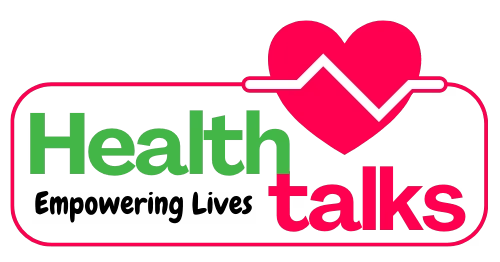
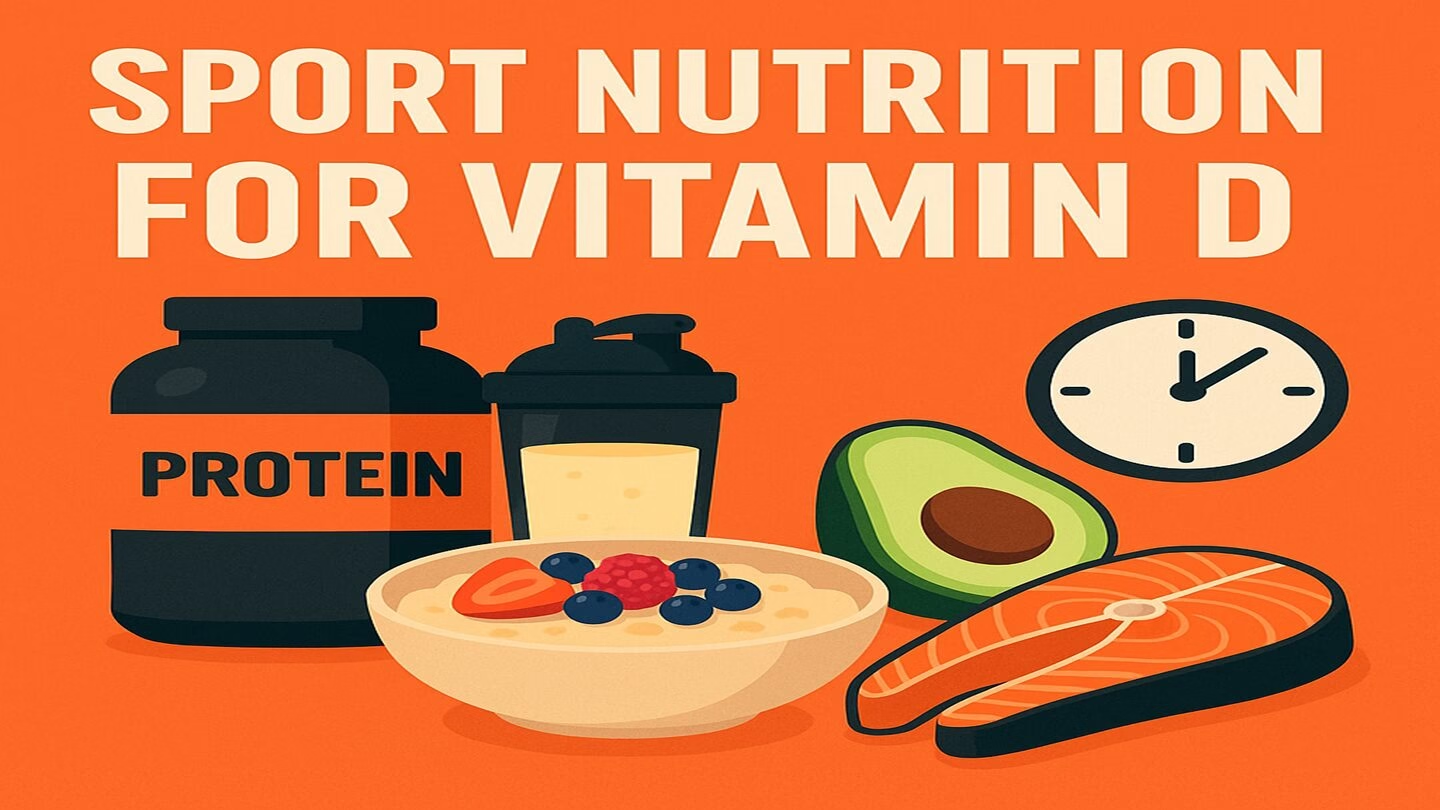

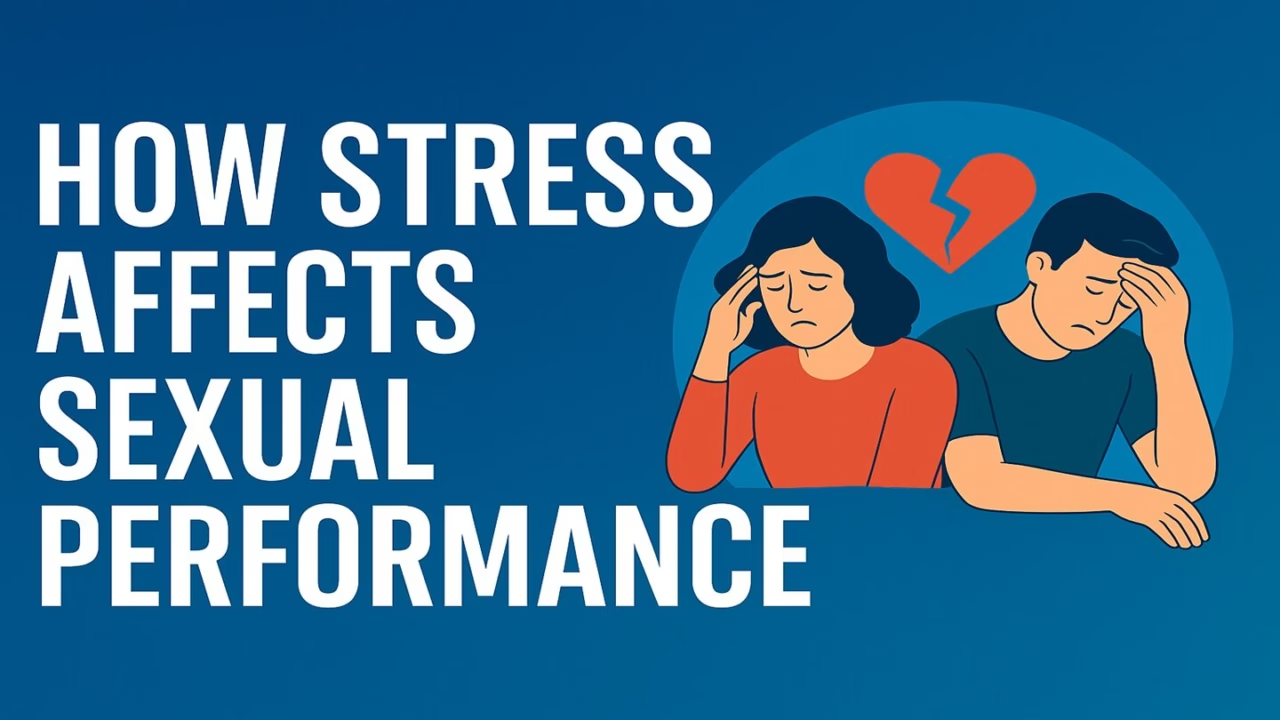
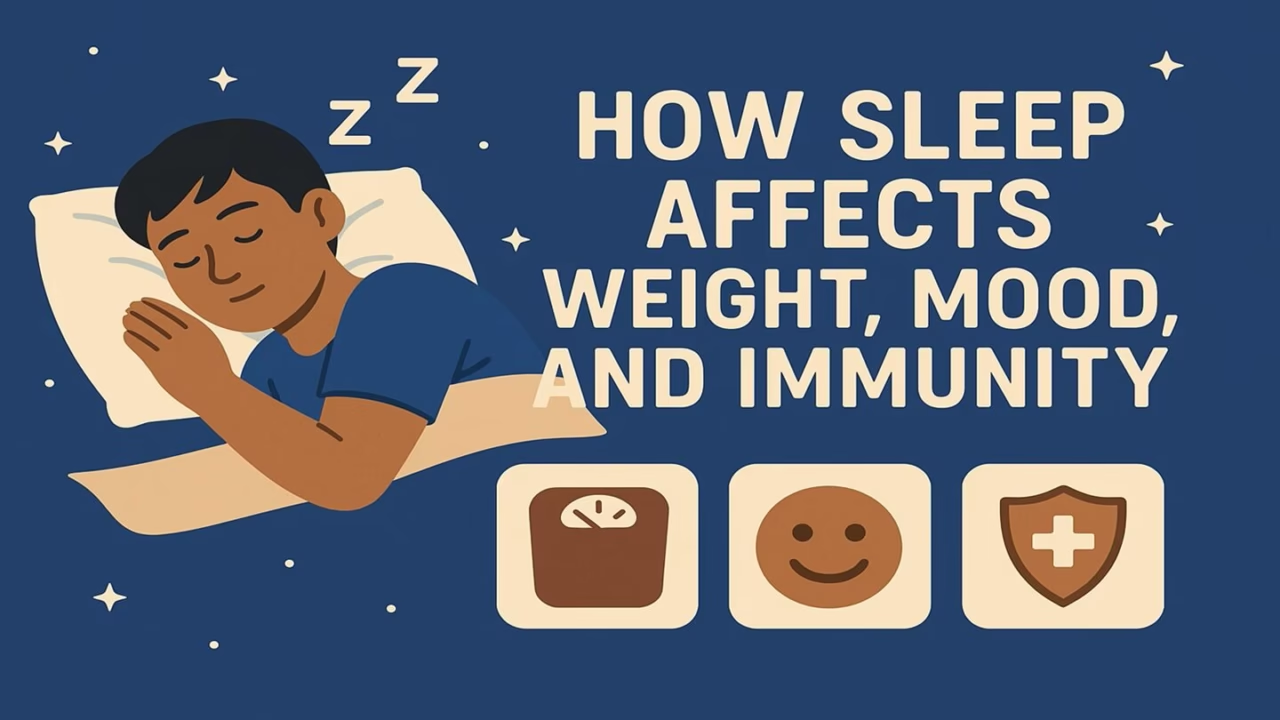


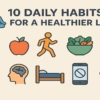


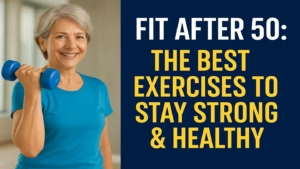
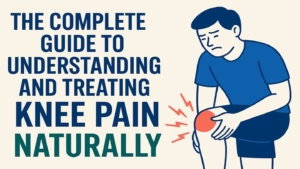
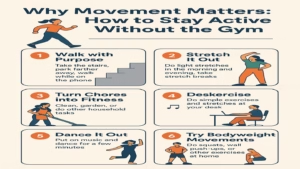

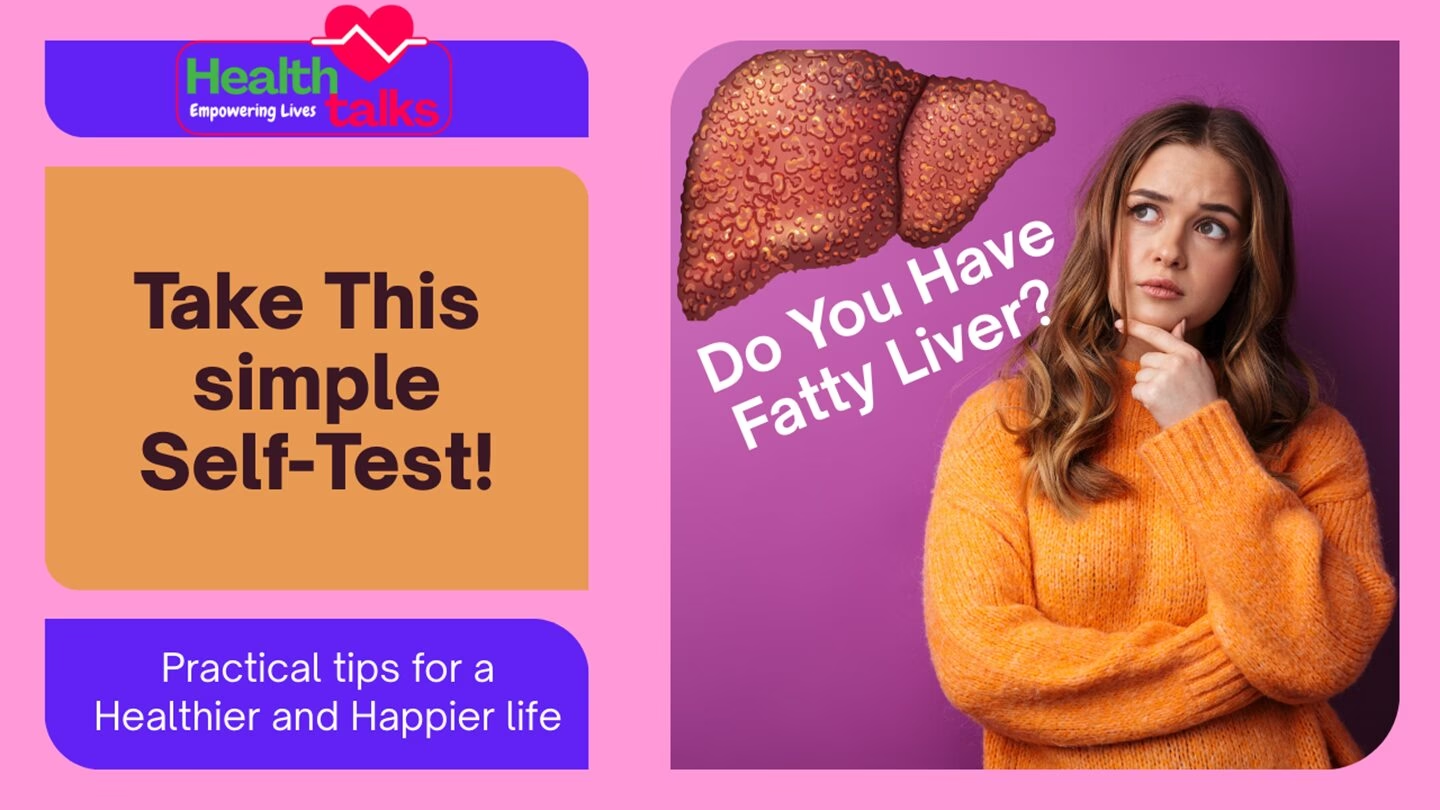

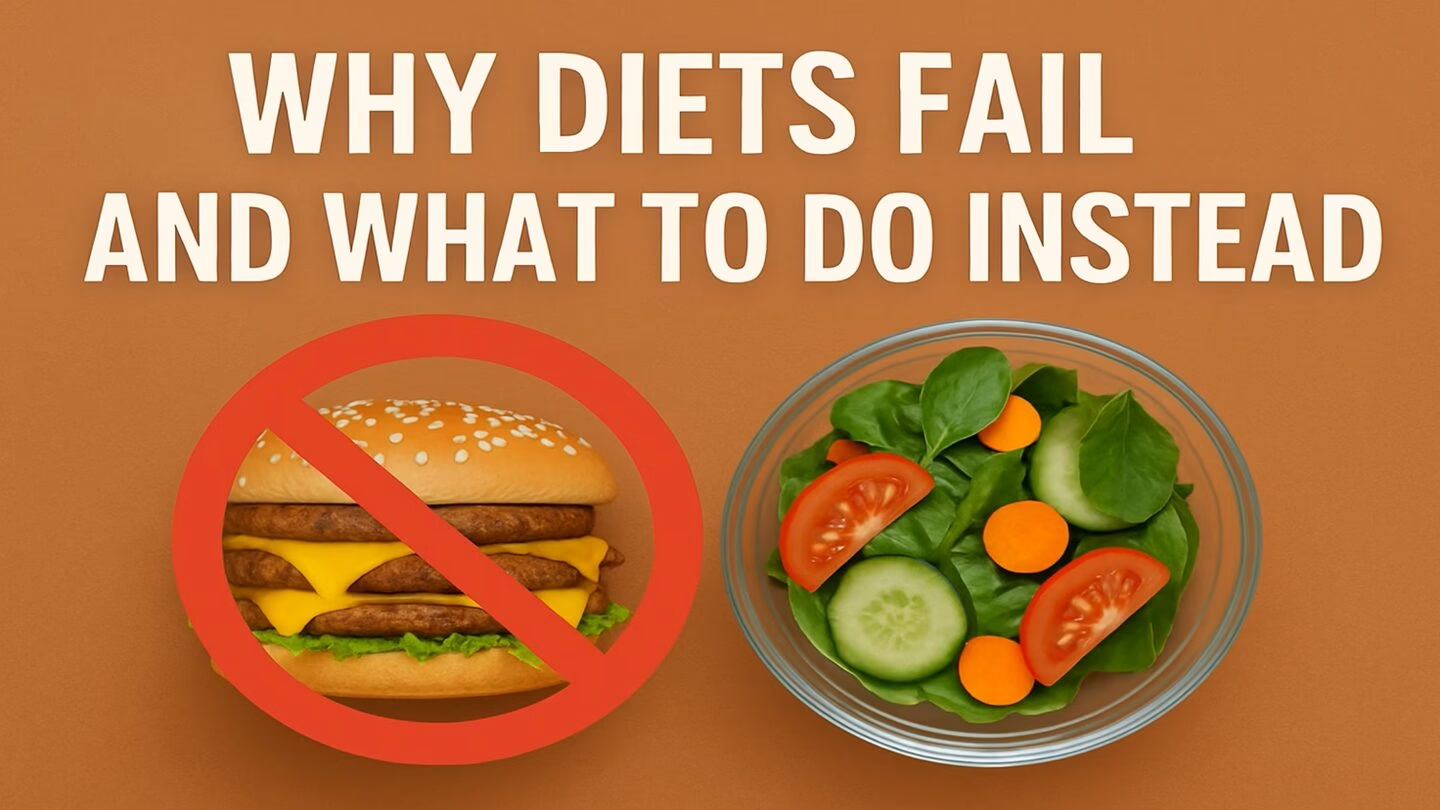

Add comment